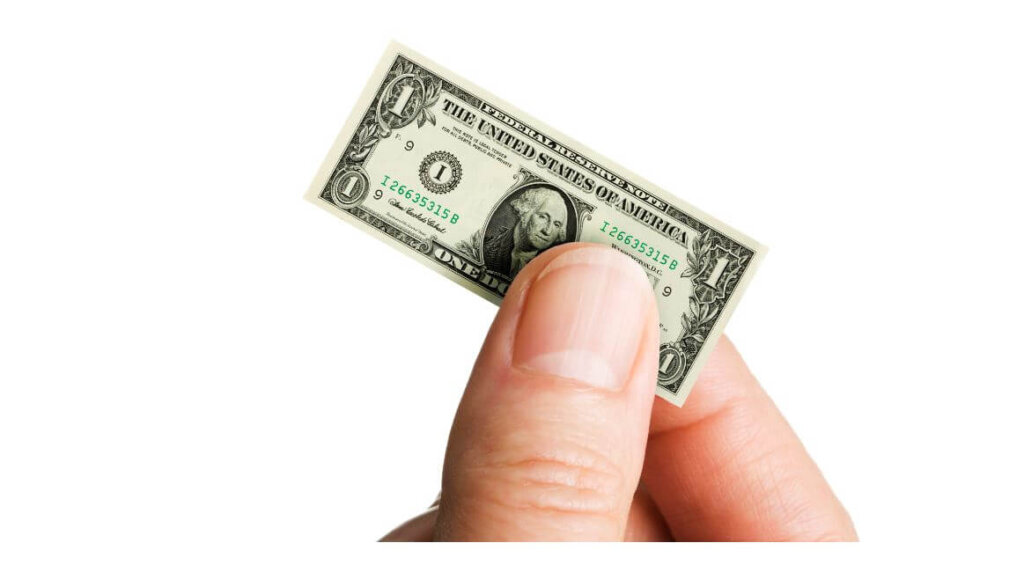Since the early days of civilization, man has used some sort of token to represent currency. This tangible object that represents value has been an important part of society. Giving individuals and merchants the assurances that they can buy and sell goods and services freely ensures that the cycle of commerce continues.
As technology has changed, so too, has the token. Today, a vast majority of people are abandoning the physical token for electronic versions. This new electronic token makes it easier for society to transact business. No longer is it just the big companies that have the ability to take electronic funds for payment. Through the use of smartphones, tablets and laptops, the everyday person has the ability to give and receive money electronically.
On the surface, this easier access appears to be a good thing. Electronic transactions such as credit and debit cards allow consumers easy access to funds and reduce the amount of time spent in line at the bank. The efficiency and speed of today’s business can be attributed to the availability of electronic transactions.
Tracking electronic transactions can also show consumers a lot about their spending, making it far easier to track expenses and create a budget using spreadsheets, free apps, and online programs.
But electronic transactions are not without problems and pitfalls. The lack of a physical token to represent the money available reduces accountability.
As recently as a generation ago, consumers used cash as the primary source of purchasing. It was not uncommon for a consumer to have a designated amount of cash to use for specific purchases. For example, you might carry a sum of money to the grocery store. That money in your pocket represented all you could spend during that grocery trip because you simply didn’t have any more with you.
Today, the electronic transaction gives consumers a false sense of security. Consumers can go into a store and swipe a debit card, knowing that if the grocery trip costs more than usual, they can deal with it later. It’s not uncommon for an individual to check his or her bank balance on a smart phone prior to making a purchase. While that sounds responsible, they may not take into consideration outstanding debits. In other circumstances, the consumer just swipes and makes the purchase without concerning themselves with current balance, assuming their account will carry them until the next payday. But what happens when that consumer does the same thing at the next store? And then the same thing with a credit card while shopping online?
Soon, the consumer doesn’t have enough money to pay for everything. Now he or she has a minimum credit card payment to make and an extra fee from the bank for over-drafting the account. The debt, and the financial stress, starts to mount.
Electronic transactions do not feel as “real” as handing over cash, and for some, it makes it far easier to overspend. While businesses have bookkeepers making sure they aren’t overspending, the rest of us must make sure we are still tracking our pennies – even when we can’t touch them. Otherwise, the ease of spending can lead to financial problems that can steamroll, later ending in financial catastrophe.Dennis J. Sargent, Jr.








